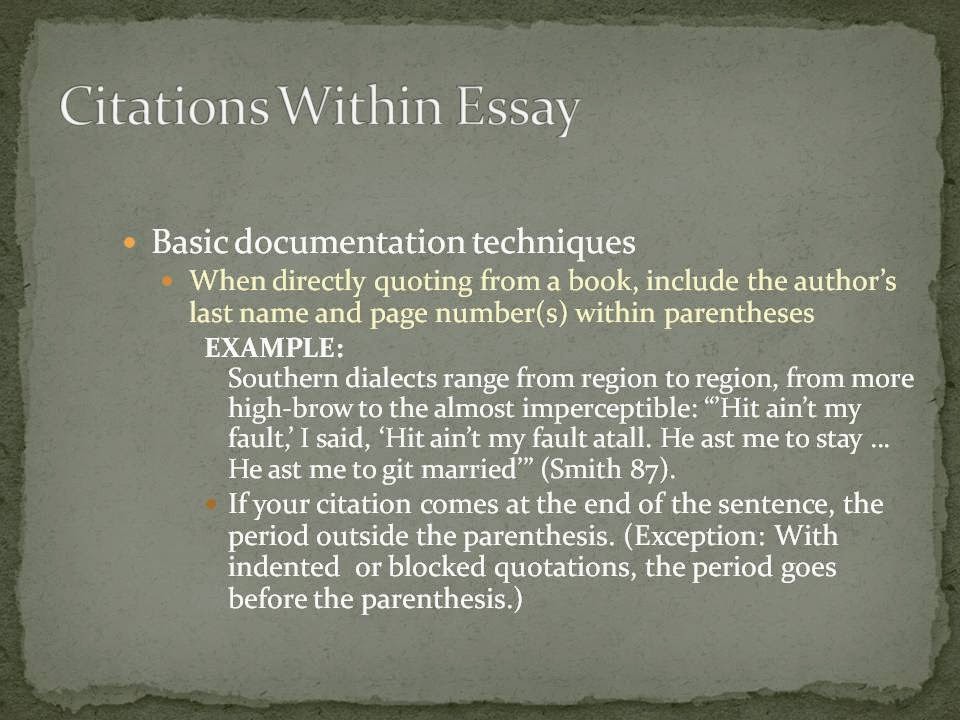Formal? What does that mean? Should you be dressing up while you write?
No, of course not!
What we mean when we say formal is an issue of tone. When you're writing for fun or creatively, formality doesn't really matter. In fact, some creative writers ignore some of the more common grammar rules. However, when you're writing for a college course, you need to adhere to grammar rules, and your work needs to have a formal tone.
So, what's the difference between formal and informal tone?
So far, this blog entry has had a rather informal tone. I've used contractions. I've used a fragment. I've used a bit of levity. Formal writing does not use contractions or slang. It does not include jargon or colloquialisms. It is written in third person (he, she, they, one).
An informal paragraph might read something like:
When I read the poem "The Road Not Taken" by Robert Frost, my first thought was that it had a lot of imagery. He writes about yellow woods and grassy and wanted wear. This seems to make it clear that the setting is a wood in the fall. But the most important thing I see is how the entire poem is a metaphor for the choices we make. Every day, we have tons of decisions, and we need to be sure we make the right ones. When Frost stands at the fork in the road, he has to make a choice not really knowing what the result will be. We too need to make choices, but we're not sure what will happen.A formal take on the same paragraph might read something like:
Robert Frost's "The Road Not Taken" includes imagery and metaphor. His use of words such as yellow wood and grassy and wanted wear invoke the image of a dense wood in the middle of autumn. More important than the imagery, however, is the extended metaphor of the narrator's having to make a choice: Which of the two roads should he take? Just as the narrator faces a choice and an unknown destination, so the reader makes similar choices, uncertain of the result.While you're certainly free to write how you choose in personal or creative writing (although I would still argue that you should still follow the rules of grammar any time you write!), it is imperative that you practice formality in your academic writing.
Finally, if you really want to know what a formal tone is like, read an entry from an academic journal. You can't get much more formal than that!
As always, if you have additional questions, feel free to send me an email.
Keep pen to paper!
Prof. Rinehart









































